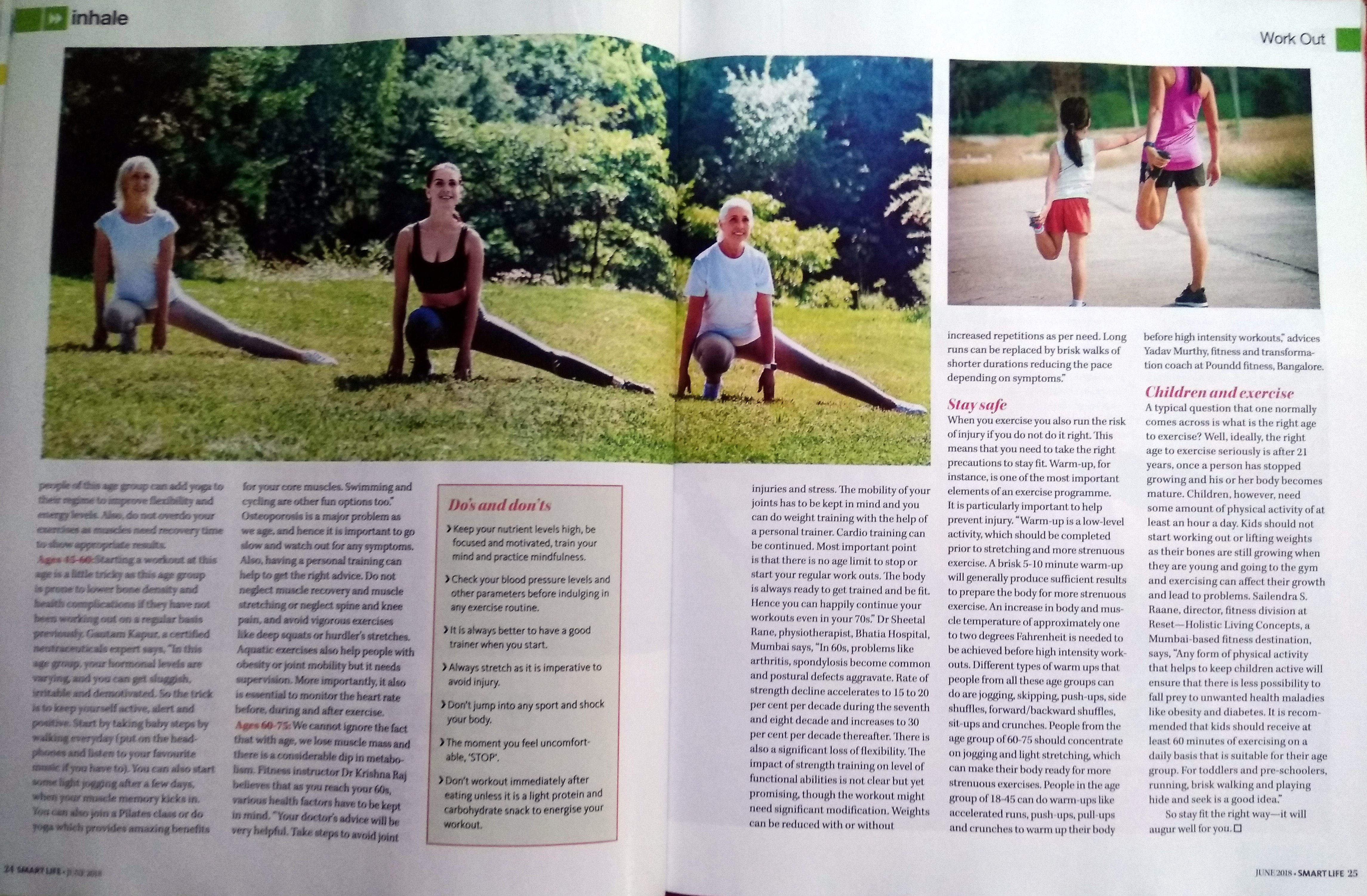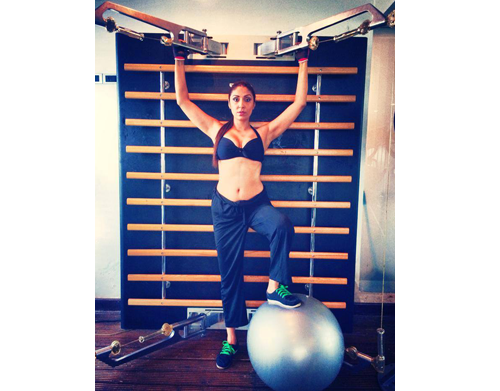
Exercising to stay fit is a given in today’s times. However have you paused and wondered if the exercises that you are doing are apt for your age? Well if not, we help you with some pointers so that you can exercise right and stay fit and injury free. Have you ever wondered how much exercise you have to do until it is enough? Well, enough to reap the benefits for your body, minimize ageing and maximize your muscle and bone strength? Well this depends on your age. As you get older, it is important to make the most of the time you put in by maximizing your workouts and eating the right food. Any kind of exercise and diet is a step in the right direction, but some workouts and foods can be more beneficial than others at different points in your life. Age should not hold you back from exercising, although you may have to make some adjustments basis your individual capacity.
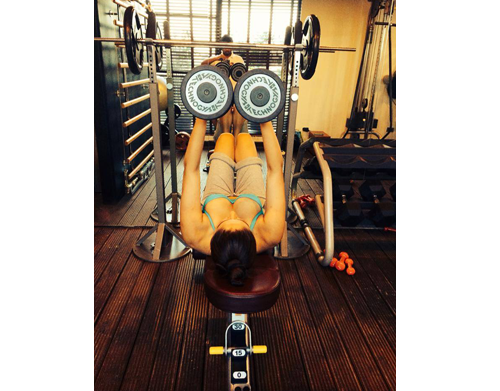
Doing it Right
The right kind of exercise depends on the current state of the body. A daily 30-45 minute physical activity goes a long way. Being physically active is basically a sign for a long and healthy life span. No matter which age group one belongs to, it is very important to be physically active. Although the definition of exercise does change according to various age groups and their fitness levels. Brij Raj, 72, Bangalore based retired professional who works out at Power World Gym avers, “not only have the trainers helped me come up with a workout plan, but they have provided me with a diet chart as well. Thanks to these plans, today I feel young and vigorous. I have also reduced my belly fat and feel extremely healthy overall.” People who are 75+ years in age can do light exercises like brisk walks and yoga to keep themselves fit. Pooja Misra, Actress and Proprietor, Pooja Misra Productions says, “I for one have always been athletic and sporty from my college days. Post that when I joined showbiz I have been very regular with my work out like strength training and weight lifting. However a couple of years ago I completely turned around my workout schedule and started high intensity workouts and power yoga which completely transformed my body and I believe that it is really important to keep changing your workouts and trying new things like swimming as you age.”
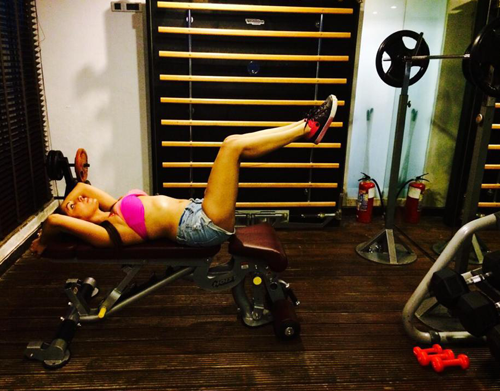
Age Matters
Exercising per your age is a wise idea and is an investment you are making in yourself. Here is a guide to exercising right.
Ages 18-30: Any kind of rigorous activity is good at this age as the entire body structure needs a proper development including the improvement of bone density. “Cardio like brisk walking, running, any kind of martial arts, skipping, and playing any games that involve a lot of cardio is good. Apart from that, weight training also improves the structure of the body apart from improving posture, reducing fat percentage and increasing lean muscle mass in the body,” says Amaresh Ojha, CEO & Founder of Gympik.com, an online fitness discovery platform. A spokesperson from FitZup, a nutrition brand says, “maintain a proper nutrition program and a healthy, fulfilling and balanced diet (which complements the training pattern), because without a proper diet, no matter how hard you train you would not see desired results.” The types of exercises that this age group can do include, High Intensity Intensive Training, Resistance training/Weight Training, Movement Based – Body weight training, Any Sport (Badminton, basketball, football, cricket, tennis, squash), CrossFit training, Power lifting and Endurance Training (Marathon, Triathlon, Swimming, Running, Cycling)
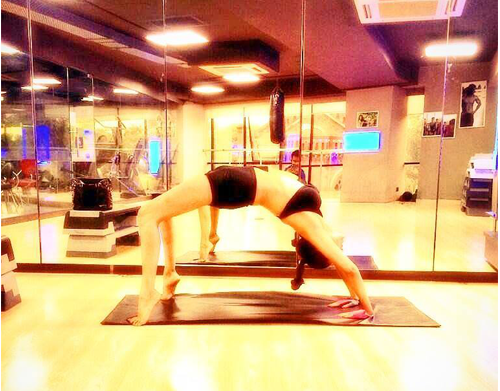
Ages 30-45: Until the age of 35, one can go with any exercises namely cardio, weight training, yoga, Pilates, swimming and the like. However as you age it is important that you exercise with caution – make sure you are alert to any pain you feel and also make the time to relax your muscles. Sally Jones-Kapoor, Co-founder & COO of MultiFit, India’s largest functional fitness studio says, “in the fitness field, we consider people up to 44 years as youngsters, people in this age group can also be indulged in high intensity functional training, running, yoga, or sports specific training (unless any medical complications are present) otherwise with regular physical fitness and proper nutrition these age group will show great results.” Dr Gagan Kapoor, Head of Physiotherapy and Rehabilitation services, HealthCare atHOME says, “for additional health benefits, adults should increase their moderate-intensity aerobic physical activity to 300 minutes per week, or engage in 150 minutes of vigorous-intensity aerobic physical activity per week, or an equivalent combination of moderate- and vigorous-intensity activity. Muscle-strengthening activities should be done involving major muscle groups on two or more days a week.” In this age group, it is important to choose a workout routine depending on your stamina and work and family commitments. In your 30’s strengthening of your muscles, toning even yoga are all add-ons to your workouts. Do not overdo your exercises as it can interrupt your career and do not workout on restless days or busy days, as muscles need recovery time to show appropriate results.
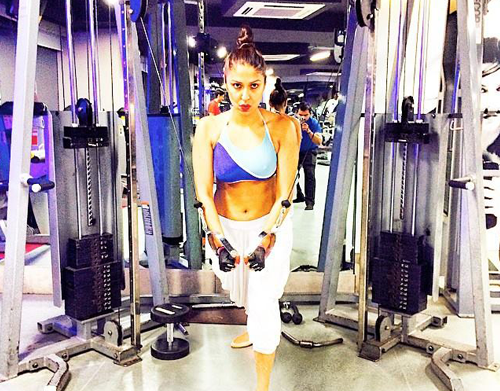
Ages 45-60: Starting work out at this age is a little tricky as this age group is little prone to lower bone density and health complications if they have not been working out on a regular basis previously. Gautam Kapur Certified Neutraceuticals Expert says, “this age is tricky as your hormonal levels are varying, and you can get sluggish, irritable and demotivated. So the trick is keep yourself active, alert and positive. Start by taking baby steps by walking everyday (put on the headphones and listen to your favourite music if you have to). You can also start some light jogging, after a few days, when your muscle memory kicks in. You can also join a Pilate’s class or do yoga which provides amazing benefits for your core muscles. Swimming and cycling are other fun options too.” Osteoporosis is a major problem as we age, and hence have personal trainer to get right advise. Do not neglect muscle recovery and muscle stretching or neglect spine and knee pain and avoid vigourous exercises like deep squats or hurdler’s stretches. Aquatic exercises also help in people with obesity or joint mobility but it needs supervision. More importantly, it also is essential to monitor the heart rate before, during and after exercise.
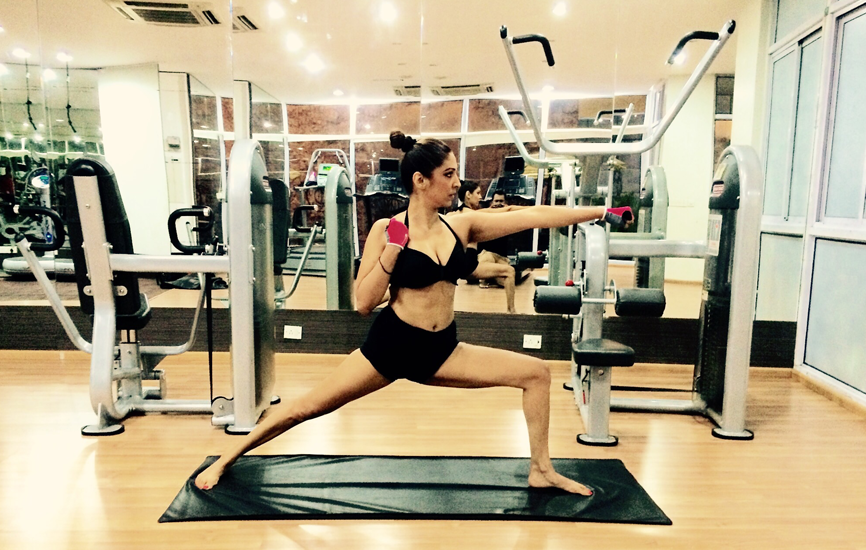
Ages 60-75: We cannot ignore the fact that with age, we lose muscle mass and there is a considerable dip in metabolism. Dr. Krishna Raj, Doctorate in Health and fitness and independent fitness instructor says, “as you reach 60’s various factors of health factors has to be kept in mind. Your doctor’s advice also will be very helpful. Avoid joint injuries and stress, mobility of your joints has to be kept in mind and can do weight training with help of your personal trainer. Cardio training can be continued. Most important point is that there is no age limit to stop or start your regular work outs. Body is always ready to get trained and be fit. Hence you can happily continue your workouts even in your 70’s and keep doing it.” Dr. Sheetal Rane, Physiotherapist, Bhatia Hospital, Mumbai says, “in 60s problems like arthritis, spondylosis become common and postural defects aggravate. Rate of strength decline accelerates to 15 to 20% per decade during the seventh and eight decade and increases to 30% per decade thereafter. There is also a significant loss of flexibility. The impact of strength training on level of functional abilities is not clear but yet promising. Though the work out might need significant modification. Weights can be reduced with or without increased repetitions as per need. Long runs can be replaced by brisk walks of shorter durations reducing the pace depending on symptoms.”
Stay Safe
When you exercise you also run the risk of injury if you do not do it right. This means that you need to take the right precautions to stay fit and do things right. Warm-up for instance is one of the most important elements of an exercise program. It is particularly important to help prevent injury. “Warm-up is low-level activity, which should be completed prior to stretching and more strenuous exercise. A brisk 5-10 minute general warm-up will generally produce sufficient results to prepare the body for more strenuous exercise. An increase in body and muscle temperature of approximately one to two degrees Fahrenheit is required to achieve before high intensity work outs. Different types of warm ups that people from all these age groups can do are jogging, skipping, push-ups, side shuffles, forward/backward shuffles, sit-ups and crunches. People from the age group of 60-75 should concentrate on jogging and light stretching, which can make their body ready for more strenuous exercises. People in the age group of 18-45 can do warm-ups like accelerated runs, push-ups, pull-ups and crunches to warm up their body before high intensity work outs,” advices Yadav Murthy, Fitness and Transformation Coach at Poundd Fitness Bangalore.
Children & Exercising
A typical question that one normally comes across is what is the right age to exercise? Well, ideally, the right age to exercise seriously is after 21 years, once a person has stopped growing and his or her body becomes mature. Kids should not start lifting weights before this age as their bones are still growing when they are young and going to the gym and exercising can affect their growth and lead to problems that can affect them at a later age. Sailendra S Raane, Director, Fitness Division at RESET – Holistic Living Concepts, a Mumbai based new age fitness destination says, “Any form of physical activity that helps to keep them active will ensure that there is less possibility to fall prey to unwanted health maladies like obesity and diabetes. It is recommended that kids should receive at least sixty minutes of exercising on a daily basis that is suitable for their age groups. For toddlers and pre-schoolers, running, brisk walking and playing hide and seek is a good idea.” So stay fit the right way – it will augur well for you.
Dos & Don’ts
- Keep your nutrient levels high, be focused and motivated, train your mind and practice mindfulness.
- Check your blood pressure levels and other parameters before indulging in any exercise routine.
- It is always better to have a good trainer when you start.
- Always stretch as it is imperative to avoid injury.
- Don’t jump in any sport and shock your body.
- The moment you feel uncomfortable ‘STOP’.
- Don’t work out immediately after eating unless it is a light protein and carbohydrate snack to energise your workout.
This story appeared in Smartlife’s June 2018 issue here:


